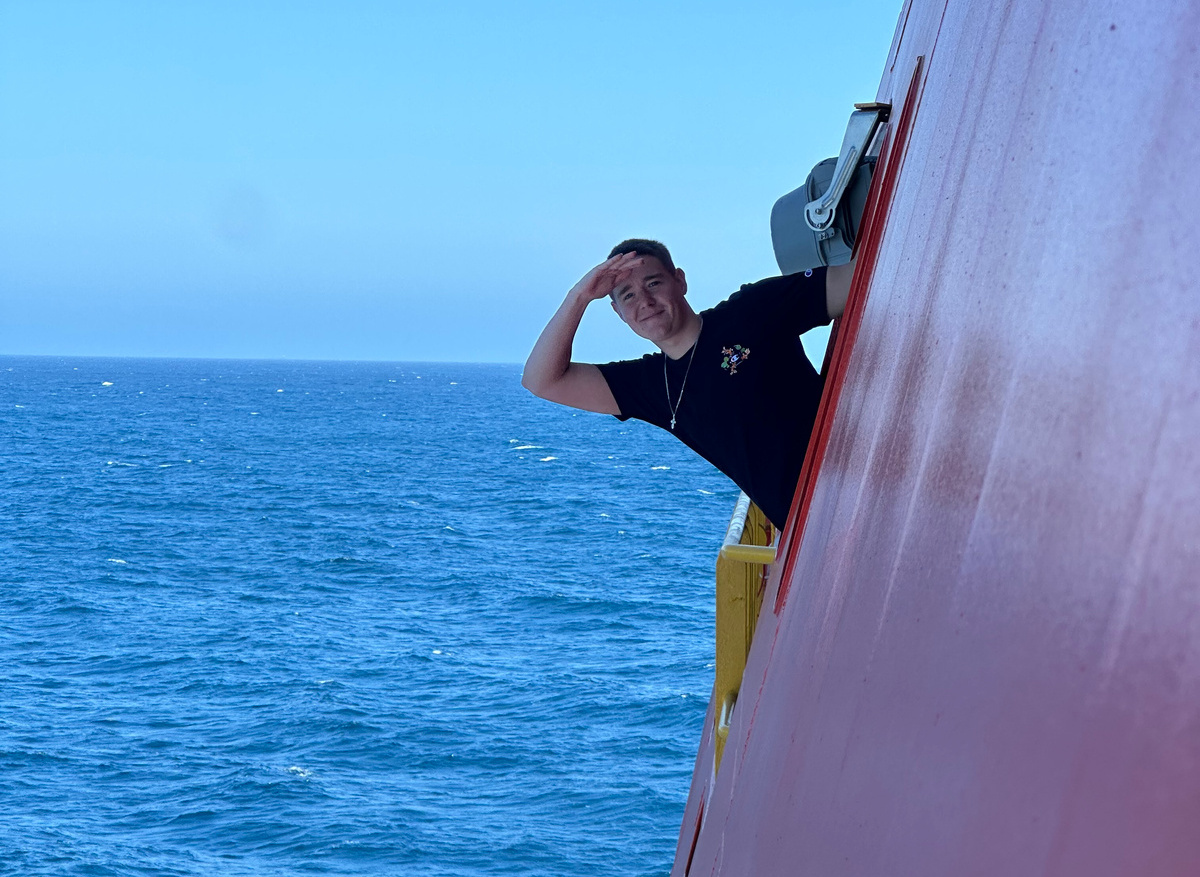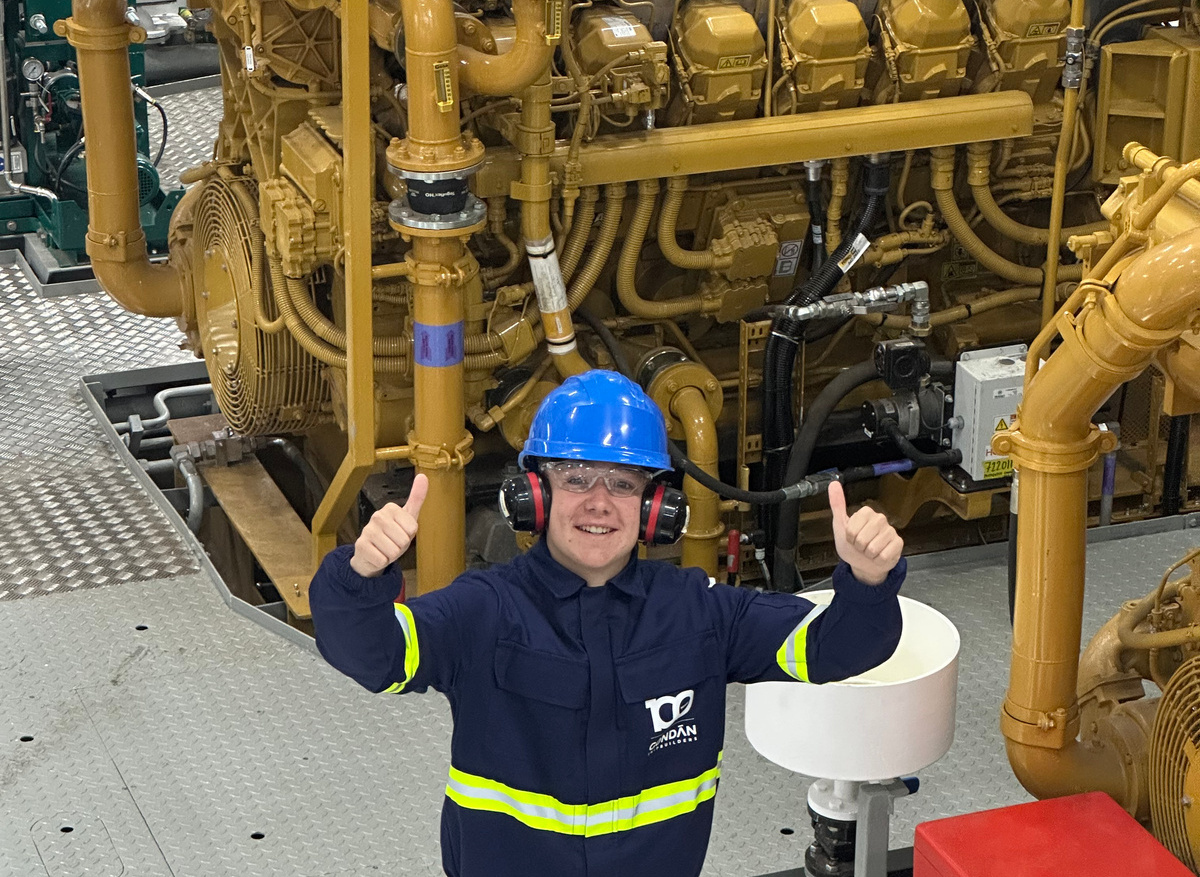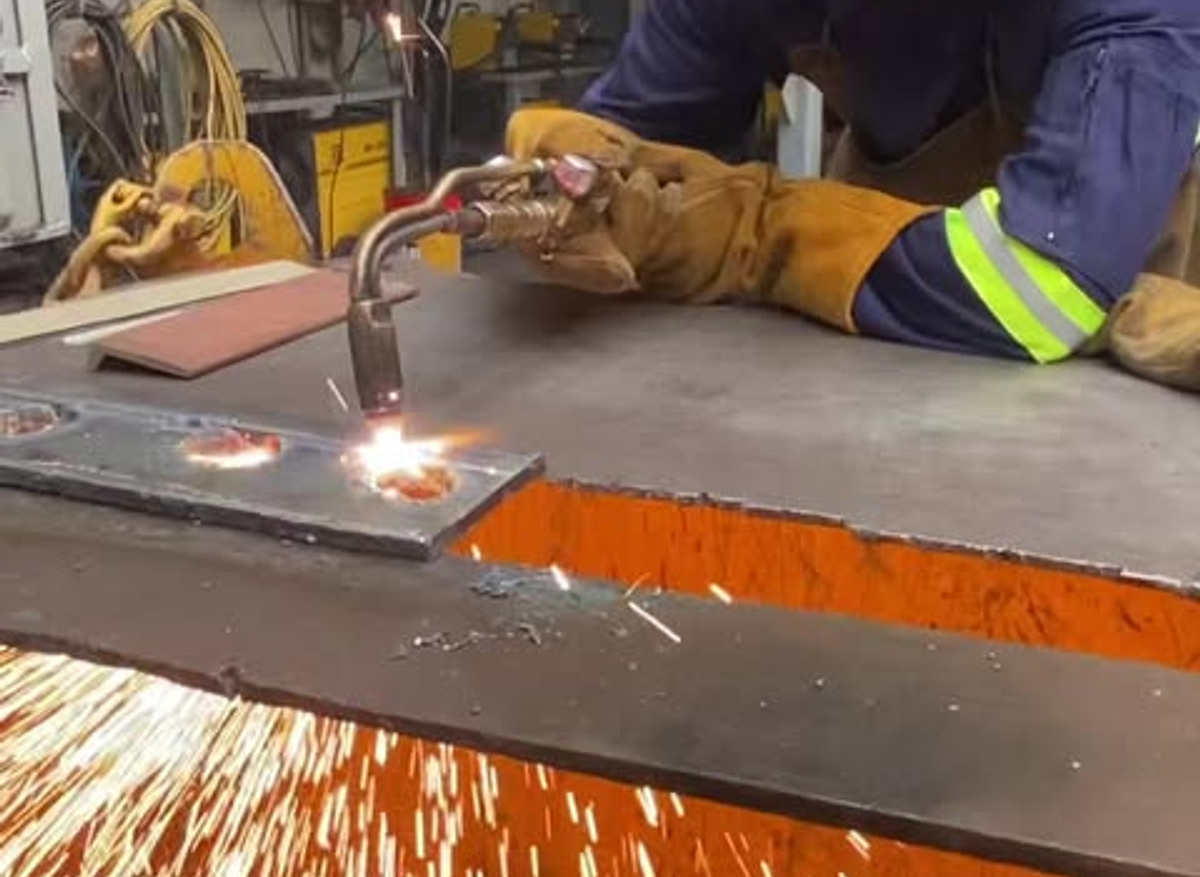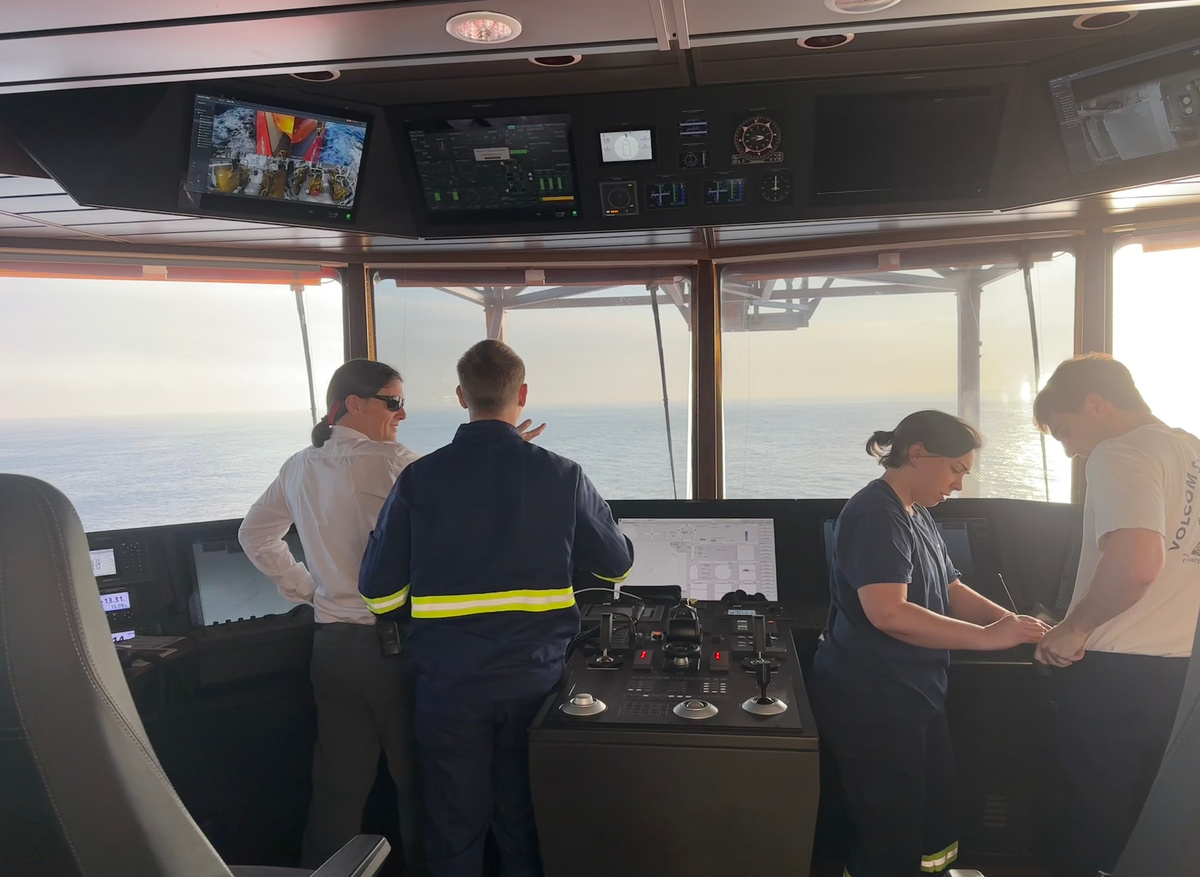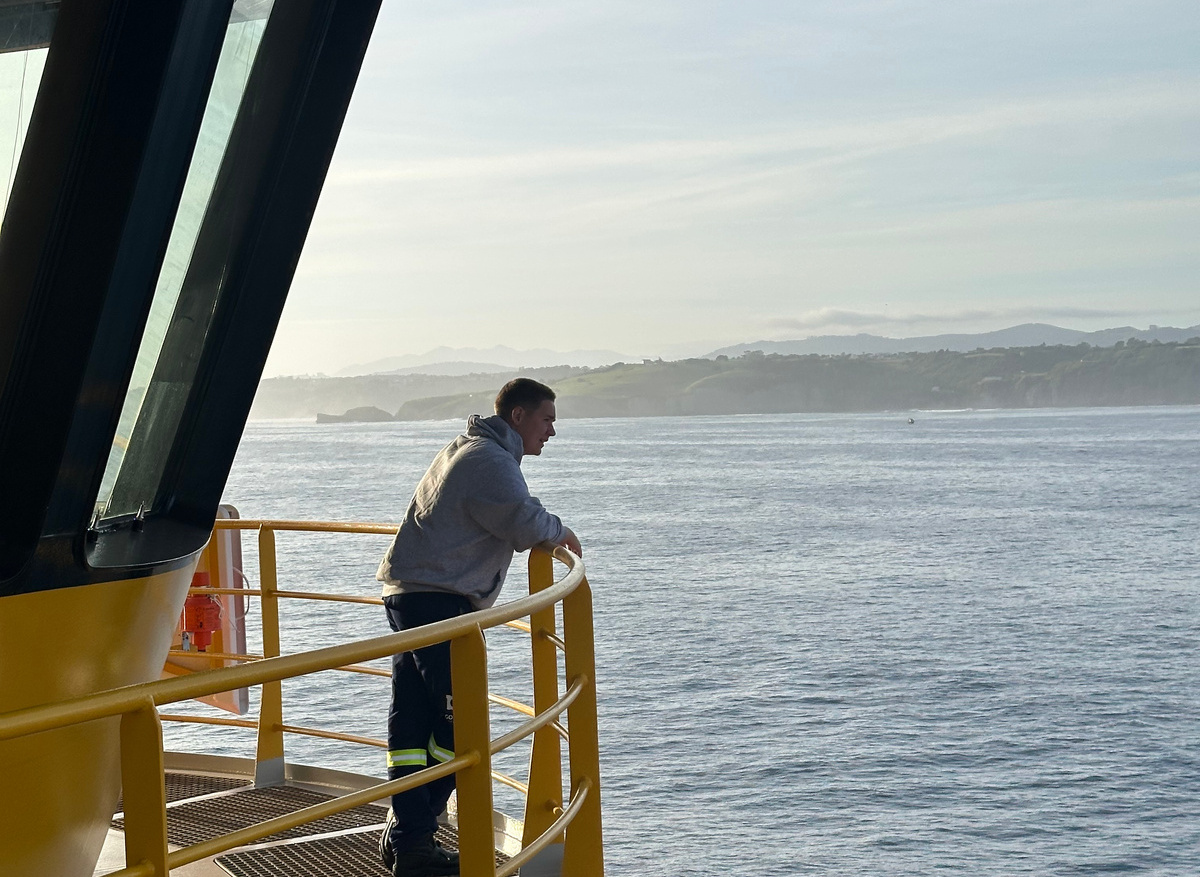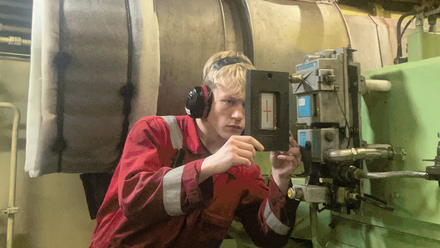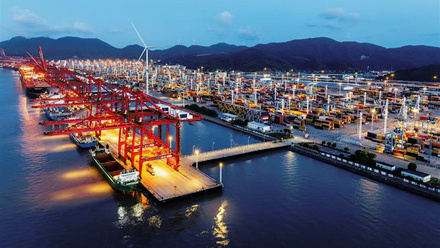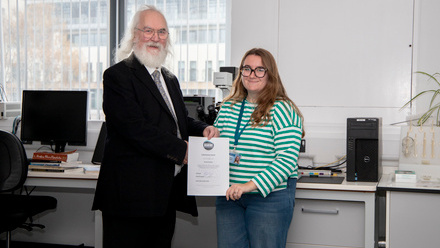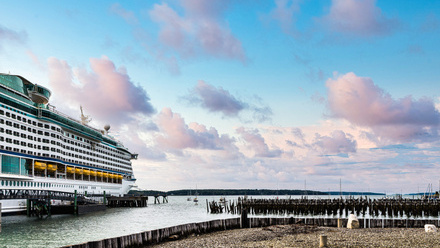IMarEST support helps build career in shipping
Nicholas Mulcahy, a student of Naval Architecture and Marine Engineering at the University of Strathclyde, has just returned from a placement at GONDAN Shipbuilders in Asturias, Northern Spain. Here he reflects on his time there, which was supported by the IMarEST John Blackburn Main Award.
IMarEST awarding me financial support, made it feasible for me to spend three months at GONDAN Shipbuilders, where I received the experience and lessons a Naval Architecture student could only dream of. The placement gave me a rare, first-hand look at how the full lifecycle of complex vessels are built, from procurement and coordination through to fabrication and testing, offering me an unparalleled perspective on how engineering and execution come together within a modern shipyard environment.
My placement was linked to the construction of the NLB Polestar, a new buoy tender vessel for the Northern Lighthouse Board. As a Naval Architecture and Marine Engineering student at the University of Strathclyde, and as president of our IMarEST student society, this was exactly the kind of opportunity I was hoping for. It allowed me to immerse in how design, planning, and production come together in a real industrial setting, and to understand the teamwork and communication needed to make it all work.
During my time at GONDAN, I was exposed to several departments, including technical, manufacturing workshops, procurement, as well as onboard systems. I learned how supply chain logistics, weld sequencing, documentation control, and subcontractor coordination all come together in the background, and how that invisible work directly affects what is happening on the slipway or in the workshop.
One of the highlights was joining the sea trials of the Austri Enabler, a cutting-edge Commissioning Service Operation Vessel (CSOV) built by GONDAN for Edda Wind. Spending a week at sea during the vessel’s final validation phase was an unforgettable experience. I shadowed the Chief Engineer, observing testing operations and gaining practical familiarity with the power and propulsion systems, including the 360° bow thrusters and Voith Schneider propulsion units. Speaking with DNV and Bureau Veritas surveyors helped me understand how class compliance and safety assurance are verified in real time.
I also spent time on the bridge during dynamic positioning trials, witnessing the precision required for offshore wind operations. It was remarkable to see how every system, from propulsion and automation to communication and safety, had to work in harmony to meet the vessel’s performance targets. Collaborating with the onboard cadets and subcontractors, including teams from Siemens Energy and Voith Group, gave me a front-row seat to the collaborative nature of modern shipbuilding and sea trial execution.
Towards the end of the placement, I took part in a week-long informal welding course with GONDAN’s fabrication team. Working hands-on with metal insert gas (MIG), Tungsten Insert Gas (TIG), stick, and gas welding across different materials gave me an entirely new appreciation for the craftsmanship that underpins every design decision. Shadowing the welders and fabricators showed me how small adaptations and on-the-spot decisions can make a real difference to the build. It also gave me a huge respect for the craftsmanship and skill that go into every joint and plate.
I have always been fascinated by the bridge between design and execution, between naval architects’ models and what builders create. It’s one thing to model a system on a screen, but another to see how it’s physically built and tested. My time at GONDAN has strengthened that interest and directly inspired my upcoming dissertation research, which explores Wire Arc Additive Manufacturing (WAAM) as a pathway to more efficient, digitally integrated shipbuilding.
Receiving the 2025 John Blackburn Main Undergraduate Award from IMarEST, in recognition of academic and technical merit across marine engineering, was an incredible honour. The support from IMarEST made this entire experience financially feasible and it reminded me how impactful it is when professional institutions invest in the next generation of engineers. For that I am deeply grateful.
Looking back, what stands out most is not a single technical lesson, but the perspective I gained: how every successful vessel represents thousands of coordinated decisions, and how innovation only works when it is grounded in practical understanding. I am also immensely grateful to everyone at GONDAN Shipbuilders, The Northern Lighthouse Board and Edda Wind who welcomed me into their teams, shared their knowledge, and made me feel part of something larger.
As I continue my studies and prepare for a future in marine manufacturing and advanced fabrication systems, I will carry the lessons of Asturias with me, the teamwork, the problem-solving, and above all, the reminder that great ships are built not just from steel, but from a shared purpose … and aluminium and sometimes fibreglass too.

